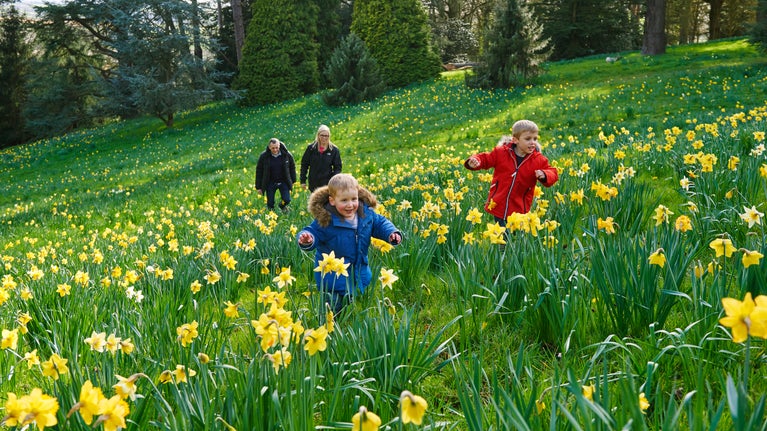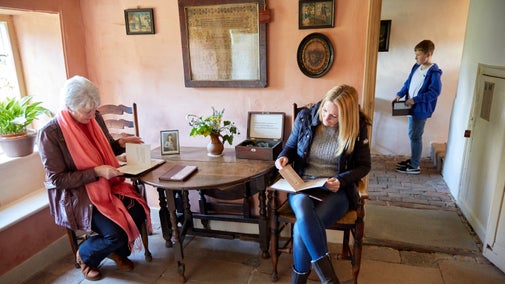
Where will you visit next?
Discover lots of gardens, historic houses, days out at the coast and more.

Discover the tale of a warrior king, learn how to prepare for a royal visit and spot the ghost of Anne Boleyn. Many of the places in our care have a royal story to tell, but here are our top stories, as nominated by our historical experts.


Discover lots of gardens, historic houses, days out at the coast and more.

Learn about some of the most unusual houses we look after, from a hydroelectric-powered Arts and Crafts home with an early dishwasher, to a Tudor manor with a recycled library.

Discover the places we look after that have links to the Tudor period, from Henry VII through to Elizabeth I. These historic houses have received royal visitors, hidden Catholic priests and witnessed important events.

From romance at Erddig in North Wales to unusual displays of love at Hughenden in Buckinghamshire, discover the places in our care that are brimming with tales of passion and heartbreak.

‘The Mask of Youth’ gave Queen Elizabeth I ageless beauty in art. Read more about the history and where you can see examples in the collections in our care.

Walk in the footsteps of famous faces. From The Beatles and Sir Winston Churchill, to Agatha Christie and Isaac Newton, step into their former homes and learn more about their lives.